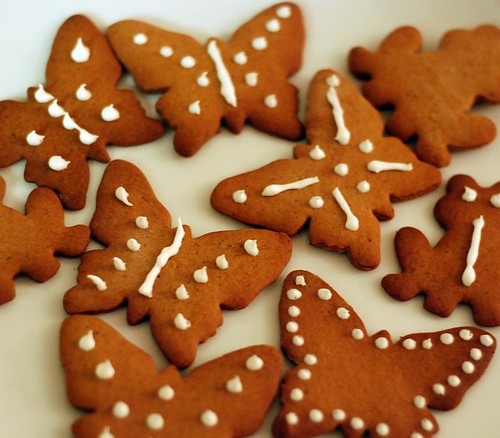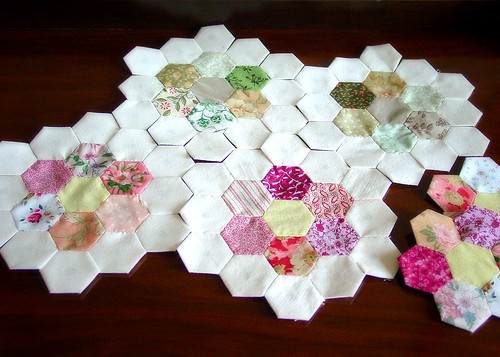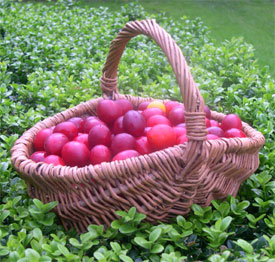YES. The day has come to continue our Quest! The next step in my diabolical plan to create a spicy-hot cake, this cheesecake comes with an inner layer of aromatic basmati rice pudding. Inspired both by the Indian dish and by the Malaysian pudding knows as 'glutinous rice' which comes in many strange colours, I've added dairy produce to my list of magical ingredients which seem so wrong but taste so right.
To be honest this didn't turn out like your traditional cheesecake; I believe the top is a little more browned than I would like (so would recommend watching carefully and a tinfoil hat) and the base more of an upside-down crumble topping, but it's all delicious so I'm posting it anyway. Experimentation and improvement can wait until later.
Biriyani Cheesecake
You Will Need: Small saucepan, wooden spoon, Springform cake tin 20cm across, tinfoil, large deep baking tray, greaseproof paper, sharp knife and chopping board OR food processor, teaspoon, large bowl, measuring jug.
150g bread(crumbs)
50-70g blanched hazelnuts
100g butter
__________
150g caster sugar
75ml milk (not too skimmed)
150g cooked basmati rice
4 dried bayleaves
1/2 teaspoon turmeric
1/2 teaspoon cinnamon
about 10 cardamom pods, opened and seeds ground
(pinch of saffron if you feel like affording it)
___________
400g cream cheese
2 eggs
2 egg yolks (so you need 4 eggs but save the whites of the last 2 to make meringues.)
1. Line the Springform tin with greaseproof paper and grease it with butter.
2. Acquire your breadcrumbs and toast them, either by making 150g of toast and processing or chopping it, or buying ready-made breadcrumbs in a box and very carefully grilling them on a baking tray lined with baking paper until crispy. Watch out if doing this!
3. Chop the hazelnuts very finely, and melt the butter in the small pan on a low heat. Stir the crumbs and nuts into the butter, then tip into the bottom of the tin and press down gently with the back of a spoon. Chill in the fridge while you make the next stages.
4. Make sure you have cooked your rice well and that it comes to 150g only when cooked, not dry - otherwise you'll have too much.
5. Rinse the small pan. Add the spices and bay leaves to the milk, with 50g of sugar, in the small pan. Bring to a simmer, then remove, wash and reserve the bay leaves. Add the rice. Simmer and reduce until sticky mess! Leave to cool off the heat.
6. In the large bowl, beat the remaining 100g of sugar and the cheese until smooth. Add the eggs and yolks and beat again until incorporated fully.
7. Preheat the oven to 180 degrees Celsius. Bring the tin from the fridge and spoon the rice pudding over the base, leaving about 2cm gap between the rice and the sides of the tin. Smooth down with the back of the spoon. Pour over the cheese mixture evenly.
8. Triple-wrap the bottom and sides of the tin in tinfoil to prevent any water from getting into the cake. Water you say? It will make sense soon! Put the tin on a sheet of foil and crunch it around the sides, rotate, repeat.
9. Place the tin in the deep baking tray and pour water carefully into the tray so that it comes about 2cm up the sides of the tin. This is called a Bain Marie and it allows the cheesy mix to cook gently and evenly on all sides.
10. Bake for about 50 minutes, turning and covering with a foil hat if it looks to be going brown. When the time is up, take the tin out of the bath and foil and leave to cool for at least 1 1/2 hours before unspringing. Garnish with the reserved bay leaves.





























